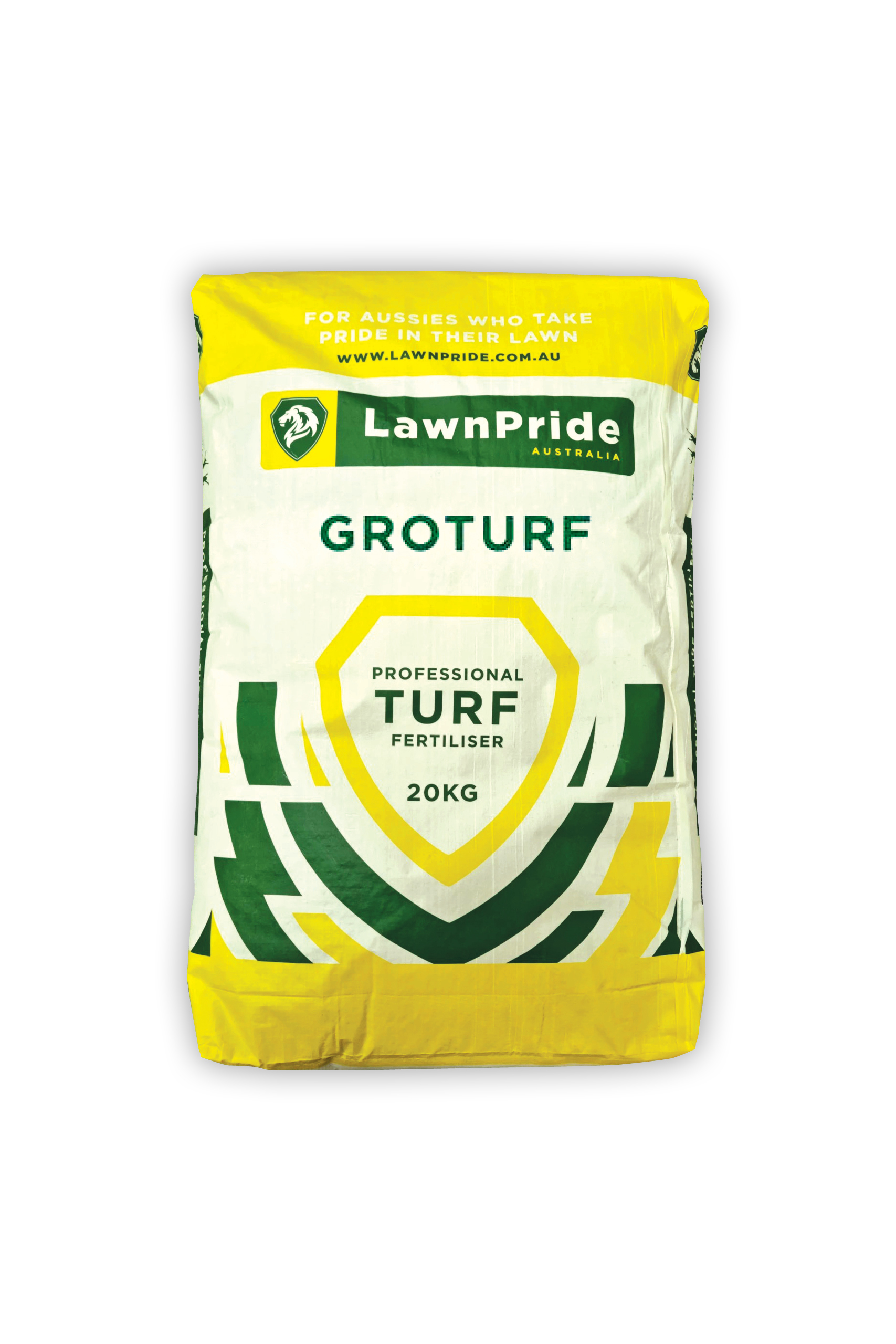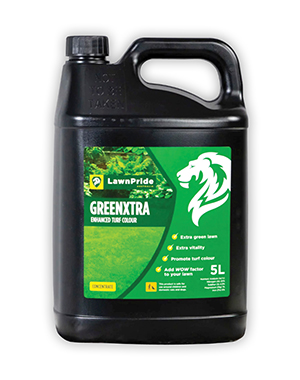How to repair your lawn
You’ve put a lot of effort into your lawn, but it doesn’t look as good as it should. Before you become disheartened, look at this checklist to see if there’s something else ...

When lawns reach the stage of becoming yellow or brown, it generally signifies a problem in your lawn care regime which has caused a great deal of damage or shock to the lawn’s health.
So let’s have a look at some possible causes and fixes.
The lawn is still alive, it’s not in shock, it’s not dying, yet it is just a light green colour, grows slowly, and we know it’s just not healthy. The problem is that the lawn is missing something required for its optimum health, and this should be simple to discover and rectify.
Grab a spade and dig out a soil sample and check for water retention in the soil. This can tell us instantly if we have a water problem if the problem was very bad – then the lawn would be yellow or brown, so we are looking for minor problems.
A minor problem can be difficult to determine because the soil can look as if it contains moisture, but the problem is that it might not be enough water for the lawn. So check reticulation watering times and adjust if necessary, if results aren’t seen within a month then further investigation is required.
Wetting Agents are always a great idea to apply twice a year. They allow greater distribution of water throughout the soil and allow the soil to hold onto water for longer periods of time. The water is then available to the lawn for a longer period of time.
Lawn care routines must include light fertilising every two months, or otherwise apply at manufacturers recommendations. This provides the turf with the nutrients it requires to maintain and reach that dark green colour and health.
There is a difference in the quality of fertilisers, and the results show in the lawn, using a cheap fertiliser may save money, but it just will not give the lawn the quality nutrients it requires.
Often spending the extra few dollars and switching to a quality fertiliser helps fix the problem. For instance, GreenXtra is a top selling liquid fertiliser containing the key essential lawn nutrients, Nitrogen, Iron and Magnesium that provide extra lawn green-up without excessive growth.
If soils are out of balance with alkalinity or acidity levels too far outside of their requirements, the lawn will suffer poor health most often noticed in lack of colour in the lawn.
Home pH test kits are available at most local garden centres at a very reasonable cost. A couple of simple steps is all it takes to determine the pH of your soil, and whether it requires adjustment with a good soil amendment.
Adjusting pH is relatively simple, by either gradually adding Lime or Iron as a supplement to the lawn. Lime is used if acidity is too high, and Iron is used if alkalinity is too high.
Most lawn will lose some colour in winter and there is really nothing that can be done to rectify the problem until the warmer weather arrives again.
Proper winter lawn care preparation is vital if you want to maintain a healthy lawn through winter, and this must begin in mid-Autumn before the lawn has become dormant.
The simplest thing to do is to use a good winter fertiliser, and apply it in autumn before dormancy sets in, and again in mid-winter. Make this part of your normal lawn care routine from now on and enjoy a healthy, green lawn.
Read up on some of our favourite turf varieties –
Or check out our handy Quick Lawn Selection Guide.

LawnPride Groturf 15-4-11 + Traces 20kg is an instant release granular fertiliser designed to initiate rapid growth of your lawn thanks to extra trace elements that build up your soil’s nutrients. Suitable for Zoysia, Kikuyu, Couch and Buffalo grasses. Always read the safety directions and instructions on the product label before use.
SHOP NOW
LawnPride GreenXtra 5L Concentrate is a liquid fertiliser containing stabilised Nitrogen, Iron and Magnesium that provides extra lawn green-up without excessive growth. Suitable for use on Zoysia, Kikuyu, Couch, Buffalo grasses. Always read the safety directions and instructions on the product label before use.
SHOP NOW